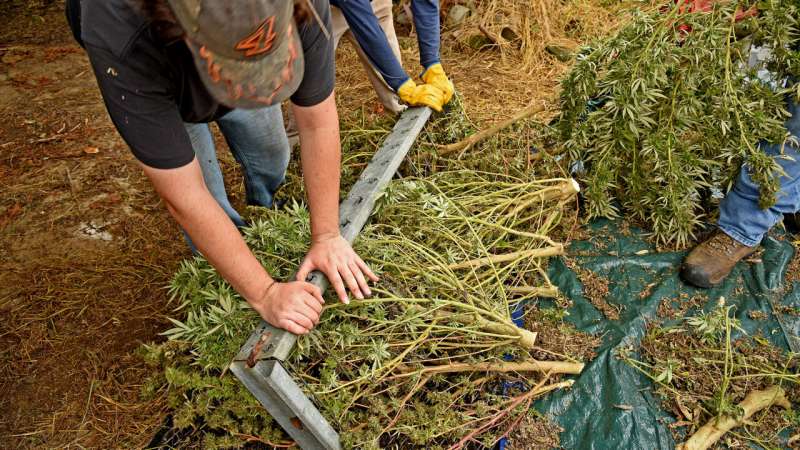This article has been reviewed according to Science X's editorial process and policies. Editors have highlighted the following attributes while ensuring the content's credibility:
fact-checked
trusted source
proofread
Lack of relevant stock photos hinders farmworker safety education

A new North Carolina State University study examining the availability and content of commercial stock farmworker photos—images often used in health- and safety-education materials for farmworkers—shows a dearth of useful depictions of the people who work on farms and the tasks they perform. The study's recommendations could lead to more relevant education materials that gain more attention and engagement from farm workers.
The research is published in the Journal of Agromedicine.
"I was really interested in how farmworkers were represented in stock-photo libraries," said Catherine LePrevost, agromedicine extension specialist and associate extension professor in NC State's Department of Applied Ecology. "A lot of my work is with farmworkers and creating interventions, including health-education interventions. Right now, we're doing a lot of work with digital inclusion with farmworkers. My suspicion was that we would find a lot of stock photos that didn't represent the people who are actually working in agriculture."
The study confirmed that suspicion.
The researchers—including a team from East Carolina University—scoured commercial stock-image libraries online to find photos of farmworkers. They found 127 photos of "farmworkers" or "women farmworkers." Two of the five photo libraries queried had no relevant images at the time of the search.
Only 66 of the 104 photos that included a person showed the person's face; 23 photos did not include a person at all. Most of the people who were shown were young or middle-aged adults who tended to be light-skinned.
About three-quarters of the photos showed manual or hand labor rather than mechanized work.
"Not only is the work not mechanized, but it hardly represents the type of agriculture we have in North Carolina and across the country," LePrevost said. "It's challenging to think about how to develop educational materials for the future of agriculture in terms of technology and mechanization. Having stock photos that don't align with that reality doesn't help matters."
Only 11 of 89 photos that showed farmworkers working also depicted some type of hazard. And only 16 of the 89 photos showed farmworkers wearing personal protection equipment—gloves and hats were the most likely items worn. One photo even showed a child performing agricultural work.
"As educators. we need diverse images of personal protective equipment so that we can create tailored safety messages depending on the conditions faced by farmworkers, whether that's extreme heat, chemicals or other hazards," LePrevost said.
The researchers say that resources appear to be an obstacle to the creation of useful materials.
"If people don't have a lot of resources, if they haven't budgeted to have different photos taken, then they may end up relying on conventional stock photos, even when those photos were originally taken for a much different purpose. That's what ends up in our educational materials," LePrevost said.
Overall, the researchers say that the lack of useful materials means there's a missed opportunity to educate farmworkers.
"The danger here is that people don't perceive materials as relevant, and without that relevance they are less likely to use protective behaviors that we're trying to encourage through North Carolina Extension programs," LePrevost said.
"I'm really interested now in thinking about how we can engage agricultural communities and then develop materials that are tailored and relevant to have a positive impact on safety behaviors.
"We know that this has been a problem, but hopefully documenting it can help people build resources into their budgets to develop more relevant images," LePrevost added. "This study is a call to action for people in agricultural safety and health to think about how we can work together and support each other—especially farmworkers—to develop more relevant images."
More information: Catherine E. LePrevost et al, Assessing Stock Photos for Farmworker Health and Safety Education Materials, Journal of Agromedicine (2024). DOI: 10.1080/1059924X.2024.2368728



















